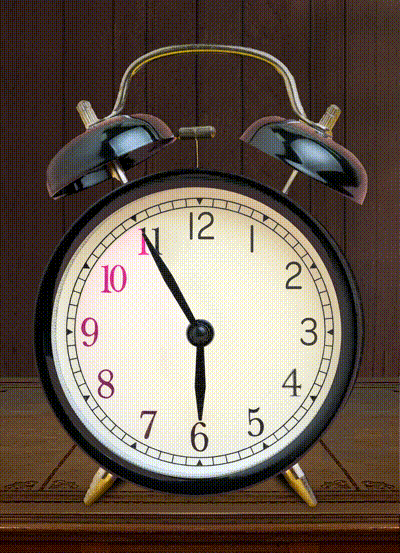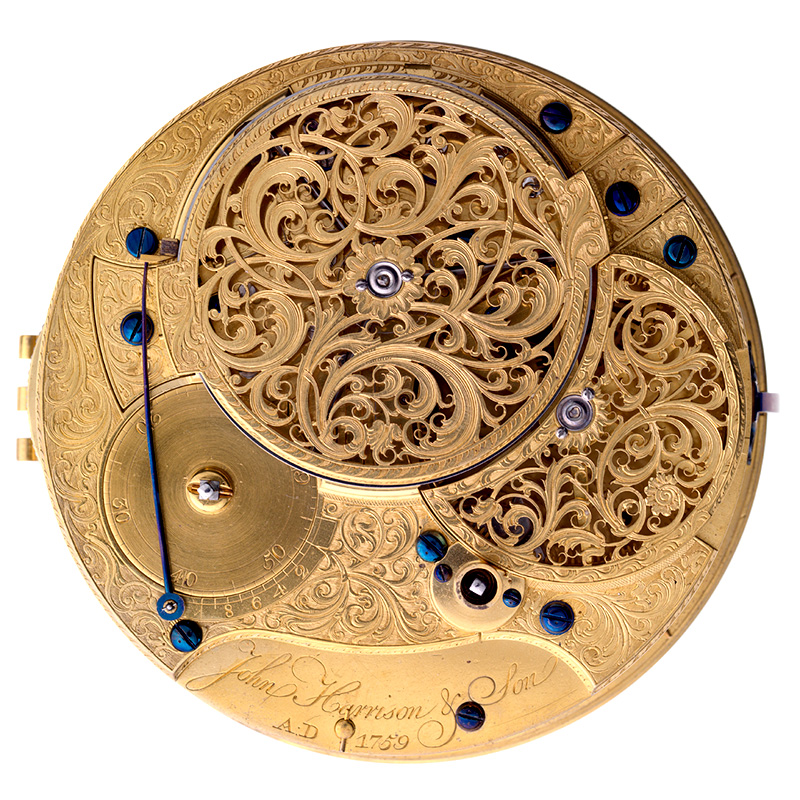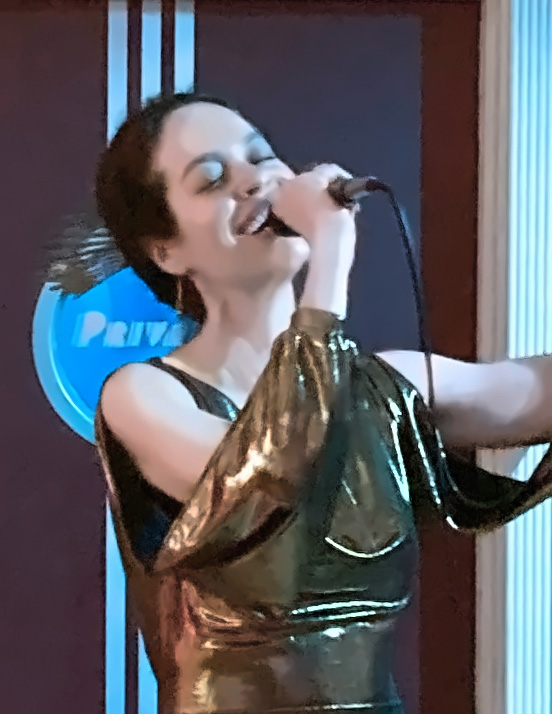You may have noticed that my post from the beginning of February was accompanied not by one of my usual photo-illustrations, but by the work of a guest artist named DALL·E. For those who don’t follow tech news, DALL·E is an artificial intelligence (AI) system that’s designed to create images based on a verbal description. For example, you can feed DALL·E a phrase like “A platypus watching TV in the style of Renoir,” and it will give you exactly that, in multiple variations.
As someone who much prefers putting my laundry in a washing machine to scrubbing it against a washboard, I saw no reason not to give DALL·E a try. Why expend time and effort messing around in Photoshop when I can simply type “One person reaching down to help another person get out of a hole”? I wouldn’t say that the resulting illustration is dripping with artistic merit, but neither could that be said about whatever I’d have created.
I have plenty of thoughts about the significance of DALL·E (and its word-oriented cousin, ChatGPT), but so does pretty much every other blogger and columnist in the world, so I’ll spare you mine. I will, however, say a bit about my personal experience in using it.
My approach to making any sort of visual image has always been one of trial and error. I’ll start out with a fuzzy idea of what I want the image to look like, and then look at dozens or even hundreds of online photos and drawings to find elements that match the undeveloped picture in my head. I’ll then use a few of those elements to build a rough composition — often swapping different elements in and out along the way — and gradually refine them until they begin to work together. The more refining I do, the more concrete the image becomes. It’s often not until the image is fully worked out that I realize how bad it is. At that point, I either give up and start over, or go back to the last good decision and work from there. After enough dead ends and new choices, I finally achieve a result that I can live with. That process, as you might imagine, takes hours.
The amazing and humbling thing is that DALL·E follows pretty much the same process[1], but does so in seconds rather than hours. To be honest, “amazing” and “humbling” are not the most accurate words; better ones might be “exasperating” and “infuriating.” How many cumulative months or years of my life have I spent creating half-baked images that just get thrown away? By contrast, DALL·E makes the act of creation seem instant, and even though I know intellectually that it isn’t — that DALL·E is invisibly generating and destroying a greater quantity of valueless images than I could ever imagine — I can’t help perceiving the bulk of human activity as inefficient and futile.
At the same time, I’m made aware of how precious that inefficiency and futility is! After all, I remain driven to put out this blog even though I’m aware that there’s no real reason to do it. I’d probably go on writing it even if I didn’t have any readers. Having had trial collaboration with DALL·E, I’ve still returned to making illustrations on my own, despite the work involved. Humans need purpose, and I can’t imagine any advancement in technology that would obviate that need.
One of the concerns that I’ve seen expressed about AI technology is that it will put many artists and writers — not to mention other creative professionals, such as teachers — out of work. No doubt it will, just as the invention and refinement of sound recording and sound synthesis put a lot of live musicians out of work. Society will adapt, and those who lose their livelihoods will, as they always have, find other ways to make a living.
But, just as the technologization of music hasn’t diminished the amount of music in the world, DALL·E, ChatGPT, and their successors certainly won’t deprive the world of visual and verbal art. Painters need to paint, dancers need to dance, writers need to write, and they will always find opportunities to do it. Which segments of the marketplace will value human-generated creations over machine-generated ones remains to be seen, but no doubt such markets will continue to exist. And in the end, just as they have with music, advancements in AI technology will no doubt broaden our ideas about what qualifies as art and what satisfies our souls.
[1] An admittedly oversimplified description of DALL·E’s strategy is that it generates a series of images — millions of them — with random variations, each of which it evaluates according to a set of rules that it has acquired by analyzing existing human-made images. If a newly generated image is judged to fit the rules better than the previous one, it’s used as the basis for further variations; otherwise, it’s thrown away. The eventual result is a group of final images that adhere to the rules as closely as possible.







Recent Comments